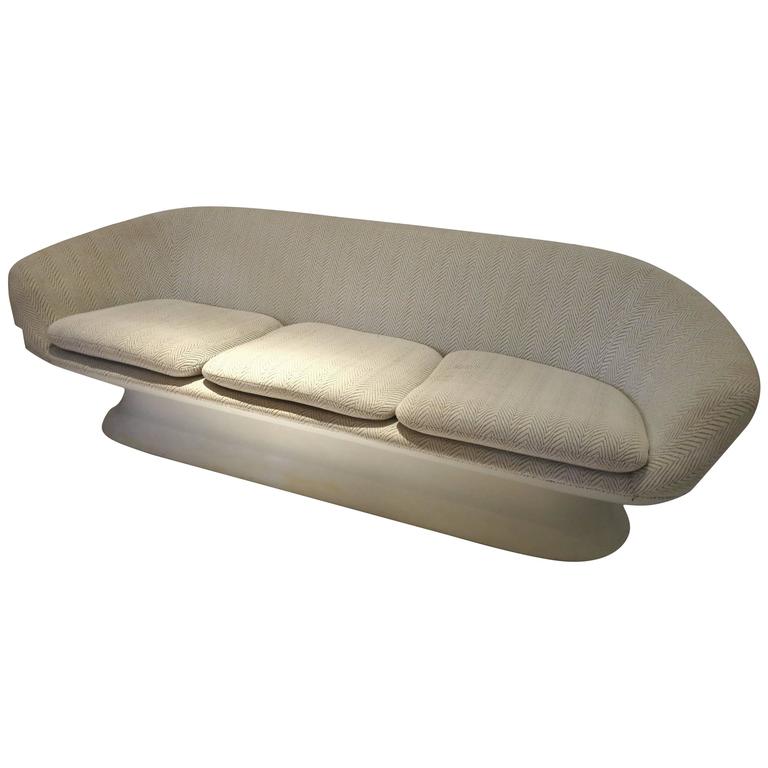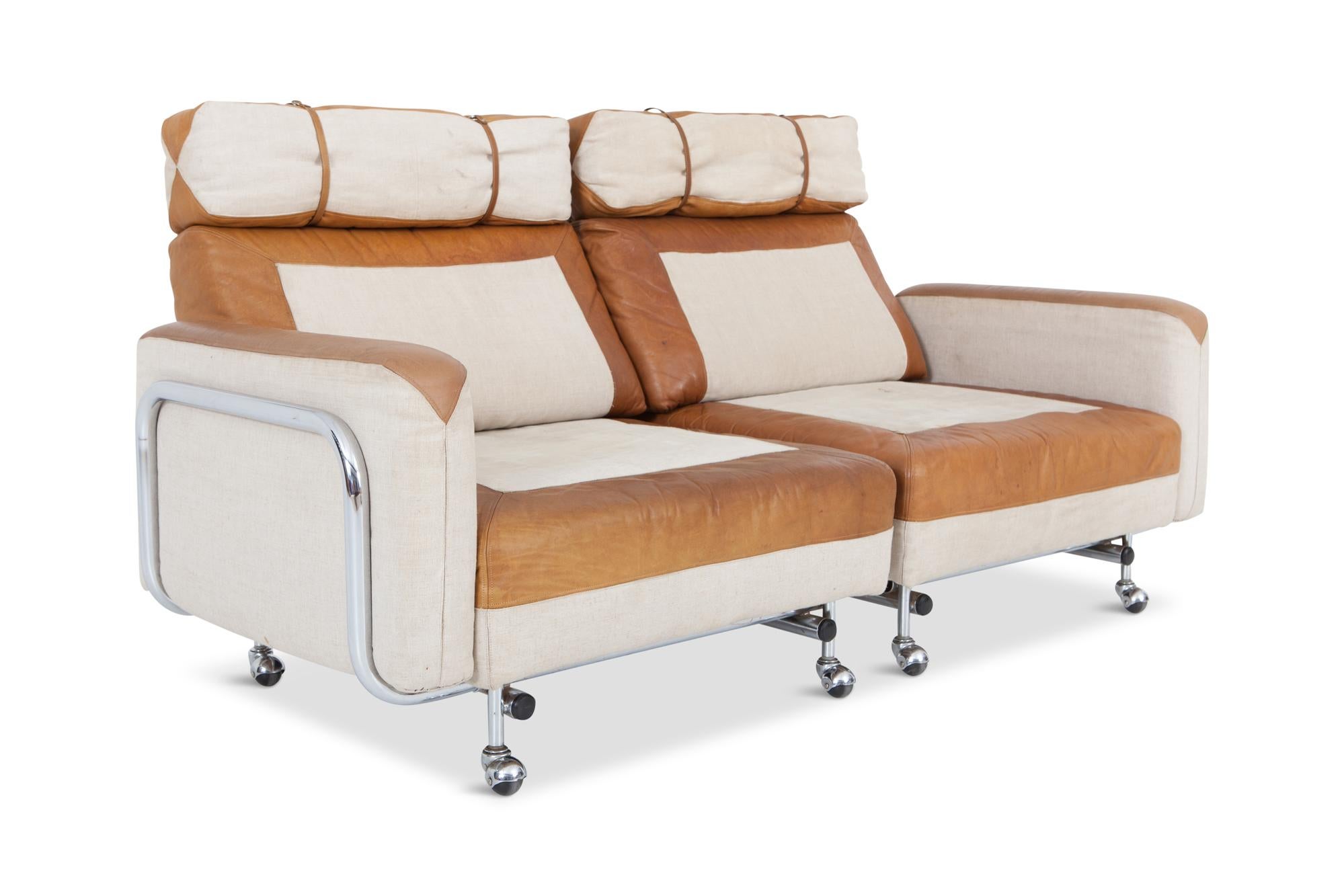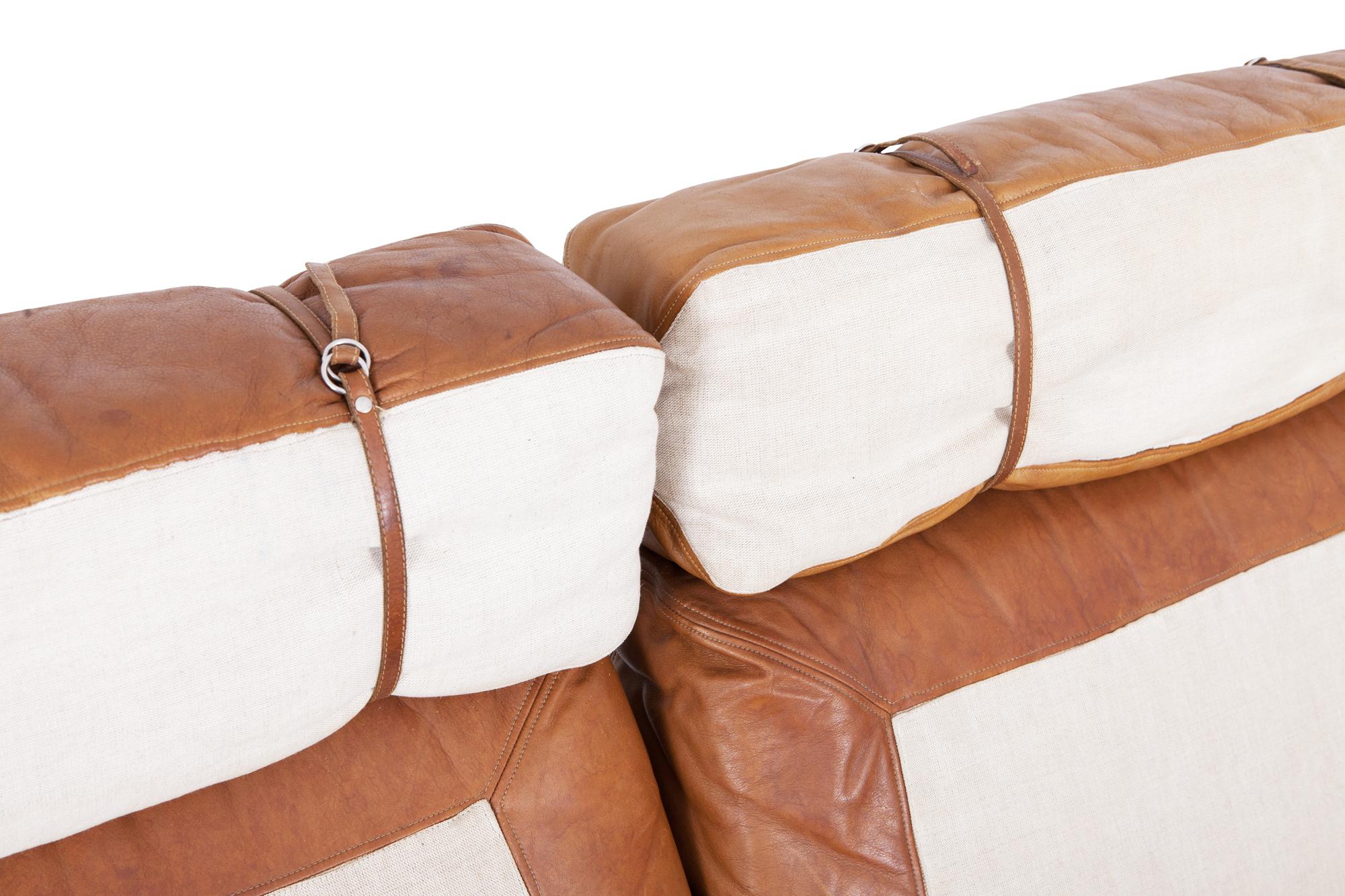

Paulin’s work can be admired in museums throughout the world. Pierre Paulin’s designs are distinctive in their striking sculptural shapes and earned him many prizes worldwide. The F582 or Ribbon Chair was designed in the 1960s by Paulin for Artifort and is still in production today. Pierre Paulin’s Ribbon Chair in Space: 1999 Space: 1999 featuring the Elda Chair by Joe Colombo and the Pileo floor lamp The Elda chair by Joe ColomboĪlso featured in Space: 1999 is the Ribbon Chair by the Frenchman Pierre Paulin. Joe Colombo’s Elda chair is a cinematic icon and, as well as making appearances in The Hunger Games and The Spy Who Loved Me, was also a fixture of Space: 1999. The Pileo lamp is also seen in episodes of Dr Who (including on the planet Gallifrey in ‘The Invasion of Time’ of 1978 and inside the Tardis from 2010 to 2012). The Pileo Floor Lamp, more details in our store. Designed by the prolific Italian architect, industrial, exhibition, graphics and furniture designer Gae Aulenti for Artemide in 1972, the shade pivots like a helmet to direct the light. This floor lamp has Sci-Fi written all over it. Space: 1999 featuring the Pileo floor lamp

Sorella Table Lamp by Harvey Guzzini.Īnother attention grabbing Space Age light which appeared in Space: 1999 is the the Pileo floor lamp.
Space age couch series#
Space: 1999 was the last production by Gerry and Sylvia Anderson and was the most expensive series produced for British television up to that time. High white was the order of the day including the Sorella Table Lamp by Harvey Guzzini. The interiors of this space drama are a design collector’s dream and feature many highly acclaimed Italian pieces of furniture and lighting design. Oh, boy! did they pull out the stops with the production design and set decoration.
Space age couch tv#
The TV Sci-fi series Space: 1999 ran for two seasons from 1975 to 1977 and centres on the plight of the inhabitants of the moon scientific research centre Moonbase Alpha. Here’s our round up of striking Space Age furniture and lighting which have featured in films and TV. We won’t see astronauts Behnken or Hurley sitting on striking sculptural chairs or wandering down any curved white corridors as part of their current space mission, yet Space Age furniture is still a sought after look for our homes here on earth. This distinctive, futuristic approach to design was propelled by films such as 2001: A Space Odyssey and TV series Space: 1999, and still lingers in more contemporary films such as Oblivion and Blade Runner 2049. Triggered by the first stages of space exploration in the 1960s and 1970s, the Space Age design aesthetic was born in an era of vast technological and economic progress. Directors such as Stanley Kubrick, Joseph Kosinski, Ridley Scott, and Gerry and Sylvia Anderson dreamed up places and spaces beyond our own imagination and defined visions of the future we can never escape. This space station however, looks a world apart from the aspirations of key ground-breaking science fiction films which are embedded in our minds. Before too long, spacecraft will regularly take astronauts to and from the international space station, the largest artificial object in space.


This makes SpaceX the first company to send passengers to space on a privately made vehicle (Crew Dragon) and is the final major test for SpaceX as part of NASA’s Commercial Crew Program. A new era of space travel began last week: SpaceX successfully launched NASA astronauts Bob Behnken and Doug Hurley into orbit from the coast of Florida, the first humans to do so from USA in nearly a decade.


 0 kommentar(er)
0 kommentar(er)
